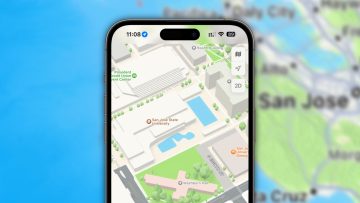I’ve personally been very critical of T-Mobile’s Binge On initiative, as I think it needlessly puts T-Mobile in between consumers and the content they want to watch. Basically, I’m uncomfortable with T-Mobile degrading all videos that go over its network — even videos from apps that aren’t part of the Binge On program — when Binge On is switched on. But while I still think Binge On has the potential to blow up in T-Mobile’s face, there are some reasons to think that it is nonetheless a brilliant business move on T-Mobile’s part that is worth the risks.
DON’T MISS: Android fan confesses all the things he likes better about iOS
Via PCMag, a new study from P3 Insights (PDF) shows that T-Mobile subscribers have been watching a lot more video ever since Binge On went into effect but haven’t been consuming any additional data because their video quality has been lowered to 480p. This means that T-Mobile subscribers are watching more videos over T-Mobile’s network without putting any additional stress on it.
Now, you obviously have to be OK with watching video at a comparatively low resolution but T-Mobile would argue that subscribers don’t need to have 720p video or higher when they’re watching on a smaller device anyway, and they also have the option to switch off Binge On if they want to watch something in HD.
It’s not all good news for T-Mobile, however, because P3 also agreed with the Electronic Frontier Foundation’s claims that T-Mobile is throttling video data traffic over its network.
“The P3 study confirms the finding of the EFF that the bandwidth for the downlink transmission…is limited to about 1.5Mbit/s, independent of the kind of app or service being used,” the study explains.
All the same, if T-Mobile can get around the net neutrality concerns about Binge On, it will be a very savvy business move.










